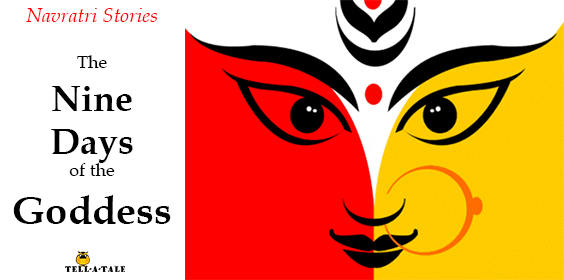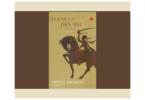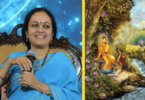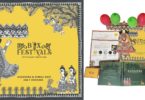Ma Shailaputri (literally – Daughter (putri) of Mountain (shaila)) is worshiped on the first day of Navaratra, the 9 days of prayers and celebration in India that mark the 9 days of battle between the goddess Durga and the demon Mahishasura. She was the daughter of the God of Mountains, Himalaya. Popularly known as Parvati, her husband is Shiva and she has two sons – Kartikeya and Ganesha. To understand the story behind the birth of Ma Shailaputri, let’s have a look at one of her earlier incarnations in the form of Sati.
Devi Sati (or Sati) was the daughter of a great king, Daksha Prajapati. According to the legend, Daksha Prajapati was one of the sons of Lord Brahma.
Daksha did not want his daughter, Sati, to marry Shiva as he considered Shiva to be a dirty ascetic not worthy of marrying a girl from a noble family. Sati, however, disobeyed her father and married Shiva. After marriage, she moved with her husband to Kailash Parvat (mountain), the abode of Lord Shiva.
Once, King Daksha organized a grand yagna (religious congregation) and called upon all the gods (Devas) to attend the grand yagna. He disliked Shiva and did not invite Sati and Shiva for this yagna. When Sati came to know of the grand yagna, being organized by her father, she longed to go home and attend it.
Shiva dissuaded her from going to the yagna. He tried to reason with Sati that since they had not been invited, it was obvious that the King did not want them there.
But Sati ignored her husband’s advice and went to the ceremony, all by herself. There she felt uninvited as none of the relatives were happy to see her, including her own father, King Daksha. Only her mother, Prasuti, was delighted to see her daughter and embraced her.
Sati felt a great sense of pain at being un-welcome in her own house. Daksha even insulted Shiva in front of her and in the presence of all the guests. This was too much for Sati to bear. In extreme grief, she jumped into the sacrificial fire at the altar meant for the holy yagna and immolated herself.
The news of Sati self-immolation reached Shiva. In his anger, he invoked Veerbhadra, a fearful form, and at once proceeded to destroy Daksha. He decapitated Daksha and annihilated the entire sacrificial canopy that was prepared for the holy yagna.
Shiva then carried the half burnt corpse of her wife as he could not part with her, even after death. As Shiva carried the body with him, the body parts fell at various places. These places later came to be known as Shakti-peethas. There are 52 Shakti-Peethas in India. King Daksha was later forgiven by the intervention of Lord Vishnu and was given life by attaching a ram’s head to his body. He was able to complete his yagna in the presence of all the Gods.
In her next birth, Devi Sati was born as the daughter of Himalaya, The God of Mountains, and was named as Shailaputri. Her other names in this incarnation were Parvati and Hemavati. In this birth again, she was married to Lord Shiva. She defeated all prominent Gods and is considered an embodiment of Shakti (Power).
Ma Shailaputri is the most prominent goddess among the Nava Durgas (Nine Goddesses). She is worshiped on the first day of Navratri due to her endless glories. She rides a bull, Nandi, and carries a trident in one hand and a lotus in the other.





